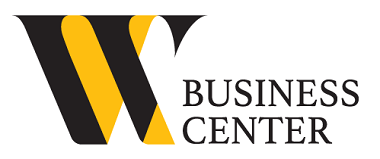There are a lot of things to love about commercial real estate investing. One of my favorite aspects is being able to use the equity in one property to facilitate the purchase of another property. It is made possible through a combination of hard money and the cash-out refinancing principle.
Investors who know how to do it rely on lending partners like Utah-based Actium Lending. Actium operates in Utah, Idaho, and Colorado, offering hard money and bridge loans primarily to commercial real estate investors. They can testify to the fact that combining hard money with equity can propel substantial portfolio growth over time.
As for investors, they rely on lenders like Actium to provide fast funding with loan customization and minimal document requirements. Hard money lending is exactly what they need to make their equity-based strategy work.
Acquiring a New Property
The best way to understand this is to go through an actual transaction. It starts with the investor acquiring a new property for his portfolio. Let us assume his hard money lender requires an LTV of 50%. The lender will cover half of the cost of acquisition while the borrower puts up the other half in cash assets.
As soon as the deal closes, the investor has instant equity. The property is already worth double the loan amount. It is a good start. But the investor needs to consider the loan term. Actium Lending says hard money loan terms are normally 6-24 months. For the purposes of this example, let us assume 12 months.
Stabilizing and Collecting Rent
During the first year of ownership, the investor’s priority is twofold: stabilizing the property and collecting monthly rental payments. Stabilization involves maximizing tenancy and making any other preparations for obtaining traditional bank financing.
Any rental income not needed for maintenance and upkeep is set aside for the first 12 months. Then, just before the hard money loan reaches maturity, the investor secures a traditional loan structured as a refinancing package. The accumulated rental income covers his down payment for the loan.
Cashing Out the Equity
Remember the equity the investor gained by closing the deal? It is likely even greater because of higher property values at the end of the 12-month term. He cashes out that equity by closing the refinancing deal and paying off his hard money loan. He gets most or all his original down payment back, putting him back in the same position he was in a year earlier.
He can now combine that cash with a new hard money loan to acquire another property. Then the entire process gets repeated. Through the acquisition of several properties, the investor creates a cycle in which he builds equity with each new acquisition. That equity funds future acquisitions to build a strong portfolio.
Collecting Monthly Rental Income
The bow on top of this neat little package is the monthly rental income the investor continues to realize. Rental income from the first property is set aside to help acquire the second, and so on. But each acquisition turns the previous property’s rental income into mostly profit.
Rental income is collected month after month for as long as the investor owns the property. Knowing that, it is easy to see how a savvy property investor could turn a strong portfolio into millions of dollars in income every year.
The equity cash-out strategy has proven itself to be a worthwhile strategy for real estate investors. By combining equity with hard money lending, investors can grow their portfolios with properties that will gain value and produce residual income.

